UK Ad Tech: Key Trends Advertisers Can’t Afford to Ignore

As we move into 2025, the UK’s adtech landscape is evolving at an unprecedented pace, reshaping how advertisers connect with their audiences. At Plug Media, we are committed to helping our clients and agencies not just keep up, but lead the way. Yet, many advertisers are still underutilising the opportunities these trends offer, leaving significant growth potential untapped.
1. Amazon: The Game-Changer in UK Advertising
Amazon has solidified its position as the UK’s second-largest media platform, and its influence continues to grow. In 2024, Amazon Prime’s ad-supported tier made it the largest subscription TV platform in the UK, cementing its role as a critical player in the adtech landscape.
For endemic brands—those selling directly on Amazon—the platform offers unmatched opportunities to drive sales by connecting the full marketing funnel, from discovery to conversion. Its ability to tie ad spend directly to sales outcomes is a game-changer for achieving measurable ROI.
But the real untapped potential lies with non-endemic brands—those that don’t sell products through Amazon but can still leverage its rich data ecosystem. Amazon’s insights, built on millions of transactions and search queries, offer non-endemic advertisers a unique opportunity to target highly relevant audiences. From OTT to programmatic ads, this data-rich platform is a powerful tool for growth, allowing advertisers to maximise relevance and efficiency.
Why this matters: While endemic brands are beginning to harness Amazon’s capabilities, non-endemic brands are lagging behind. Amazon’s ability to deliver growth and ROI through its unique data sets makes it a must-have for any advertiser looking to stay competitive in 2025.
2. Attention Metrics: A Filter for Quality
In 2025, the industry’s shift from traditional viewability metrics to attention metrics is transforming how advertisers measure and improve their campaigns. Rather than simply ensuring an ad is visible, attention metrics focus on engagement—how long an ad is seen and how users interact with it.
At Plug Media, we are proud partners of Lumen, a leader in attention measurement. We believe attention is not just a metric but a filter that enhances the entire advertising ecosystem. By prioritising ads in environments where users are genuinely engaged, advertisers can eliminate wasted impressions and focus on driving results.
This shift has far-reaching implications. Ads that capture attention are far more likely to generate brand recall, purchase intent, and stronger ROI. Integrating attention metrics into planning and reporting should be a standard practice across the industry, and tools like Lumen are already leading the charge.
Why this matters: Too many advertisers still rely on outdated metrics that fail to reflect true engagement. Attention metrics ensure campaigns are optimised for quality, not just quantity, helping advertisers achieve better outcomes with fewer resources. In 2025, treating attention as a foundational element of planning will be essential for success.
3. The Connected TV (CTV) Revolution
The UK’s Connected TV (CTV) market hit a major milestone in 2024, surpassing £1 billion in ad spend. This growth was driven by the expansion of ad-supported streaming platforms like Netflix & Prime Video and the continued dominance of traditional broadcasters such as ITV and Channel 4.
Despite this explosive growth, many advertisers still approach CTV as a siloed channel, failing to integrate it into holistic media strategies. By leveraging a single buying platform, such as a demand-side platform (DSP), advertisers can unify TV and digital planning, ensuring campaigns are joined up, measurable, and highly effective.
As streamers fine-tune their advertising models and compete more aggressively with broadcasters, the CTV landscape will become even more dynamic in 2025. Advertisers who invest in understanding and leveraging this channel now will gain a significant edge in reaching modern, fragmented audiences.
Why this matters: CTV offers precision targeting and scale that is too powerful to ignore. Yet, many advertisers fail to fully utilise this channel, missing opportunities to create integrated campaigns that maximise impact.
4. Sustainability: A Strategic Imperative
Sustainability has become a central focus in the UK’s adtech industry, but its importance goes far beyond ethical considerations. Embracing sustainable practices can drive better results by improving campaign efficiency and quality.
Initiatives such as supply path optimisation (SPO), the removal of made-for-advertising (MFA) sites, low-emission creative, and partnerships with eco-conscious platforms are not just good for the planet—they also lead to better-performing campaigns. Faster load times, higher-quality inventory, and a focus on attention metrics often deliver superior outcomes.
Advertising must also align with a brand’s wider sustainability strategy. Consumers increasingly expect brands to demonstrate meaningful action on environmental issues, and advertising plays a key role in communicating and supporting these values.
Why this matters: Sustainability isn’t just a “nice-to-have” anymore—it’s a business imperative. Brands that integrate sustainable practices into their advertising strategies will not only reduce their environmental impact but also strengthen their market position by delivering better campaign results and aligning with consumer expectations.
5. AI: The Future of Media Planning
Artificial intelligence (AI) is revolutionising media planning, providing advertisers with the tools to connect disparate data sets and optimise campaigns in real time. Yet many advertisers are still underutilising this transformative technology.
AI excels at bringing together multiple data sources—like Amazon insights, attention metrics, demographic profiles, contextual relevance, geo-targeting, and more—into a cohesive planning strategy. This holistic approach enables advertisers to understand audiences better and create campaigns that resonate on a deeper level.
Optimisation is another key AI use case. AI-powered tools can adjust bids, placements, and creative elements in real time, ensuring campaigns perform at their peak. For example, AI can determine which attention-grabbing creative works best for a specific audience or allocate budget more effectively across high-performing channels like CTV or Amazon.
Why this matters: Despite AI’s potential, many advertisers are only scratching the surface of its capabilities. In 2025, those who embrace AI for data-driven planning and real-time optimisation will gain a critical competitive advantage, achieving superior efficiency and outcomes.
The Bottom Line
2025 is a pivotal year for UK advertisers—but only for those willing to embrace the trends shaping the adtech landscape. From Amazon’s data-rich ecosystem and the shift to attention metrics, to the explosive growth of CTV, the imperative for sustainability, and the transformative power of AI, these areas are too important to overlook.
At Plug Media, we’re proud to help our clients navigate these dynamics, ensuring they lead the way in an increasingly complex and competitive market. The question is: will you be part of this evolution or risk falling behind?
Plug Media - Your Sustainable Partner in Programmatic Excellence and Innovation


